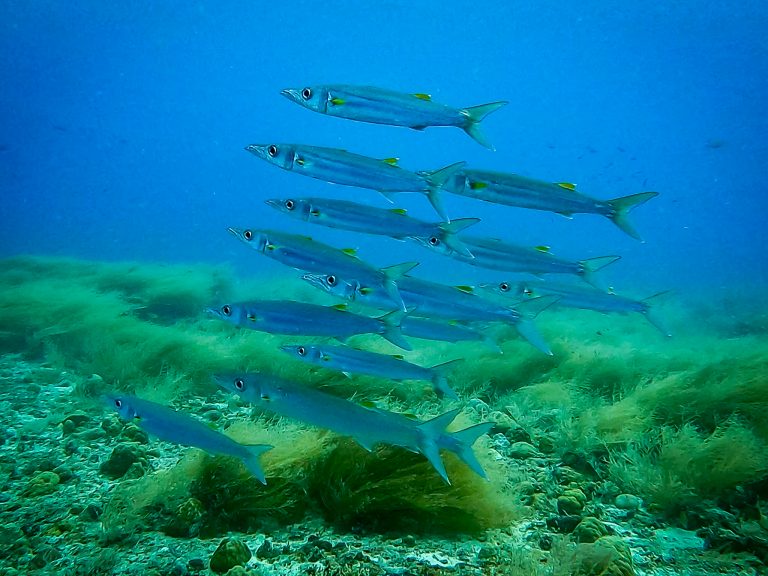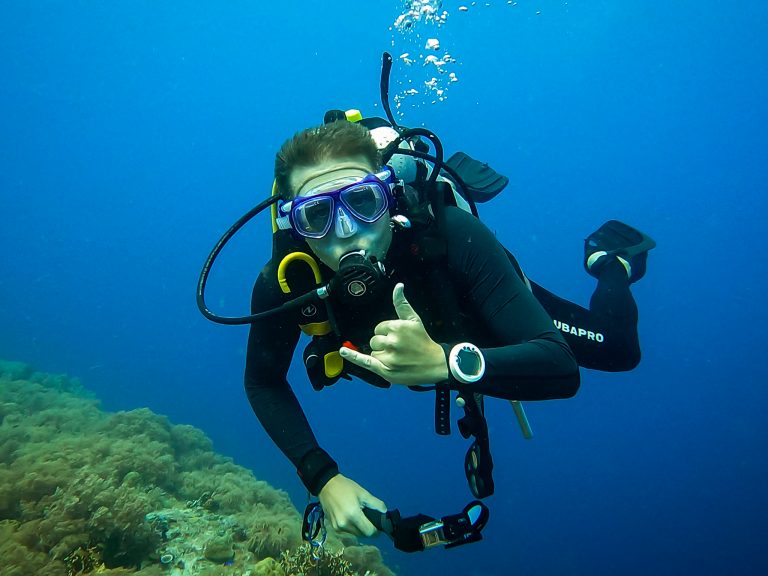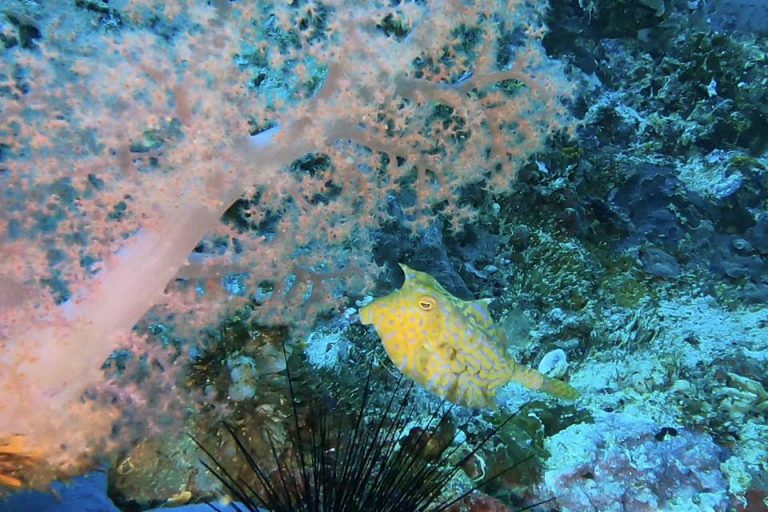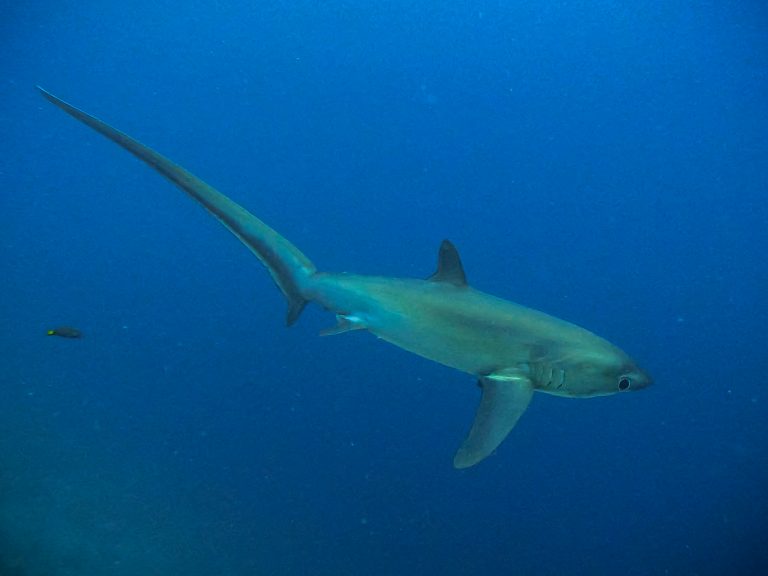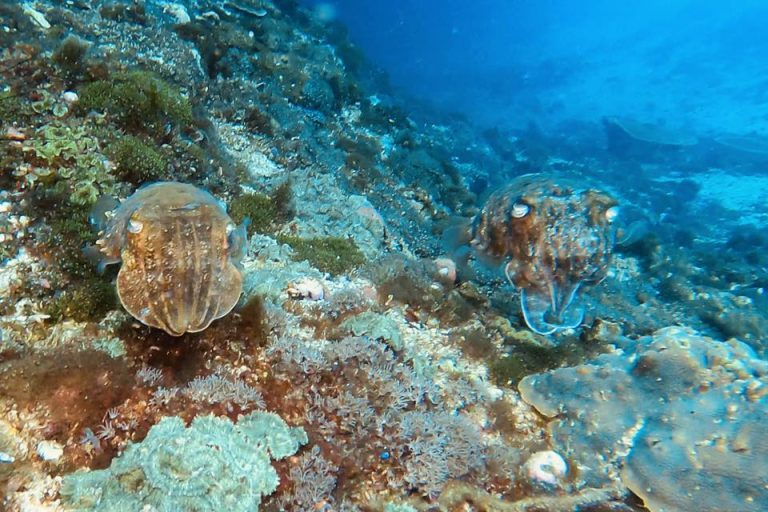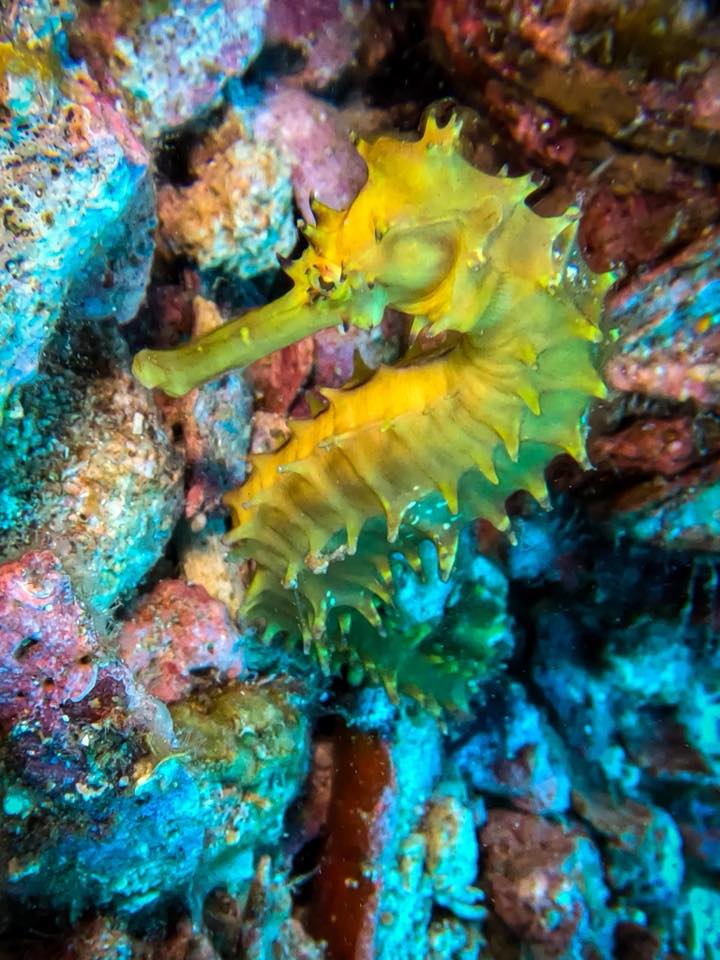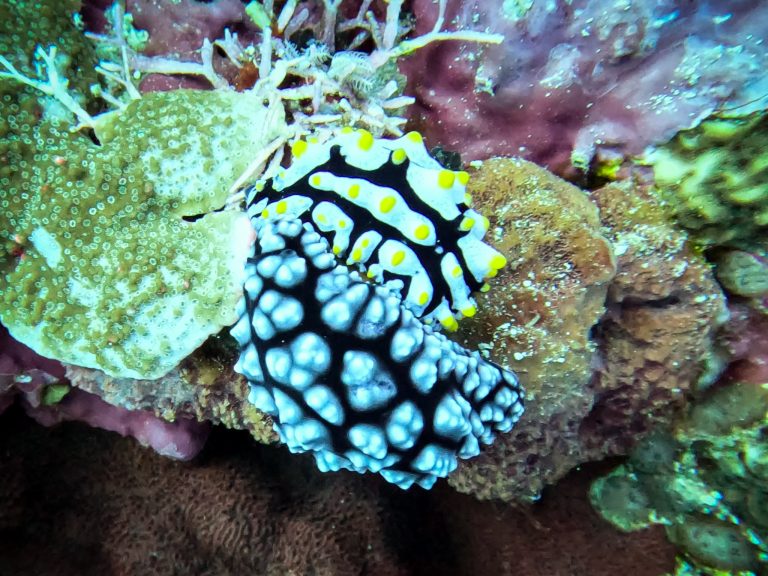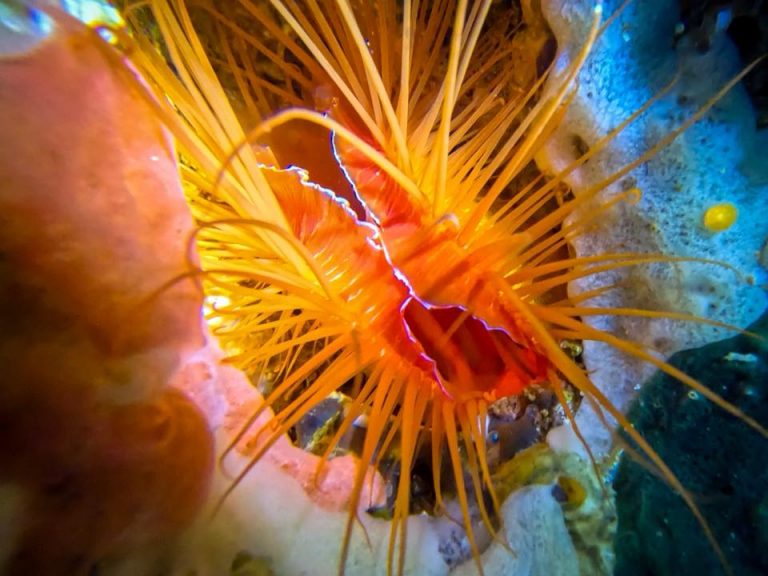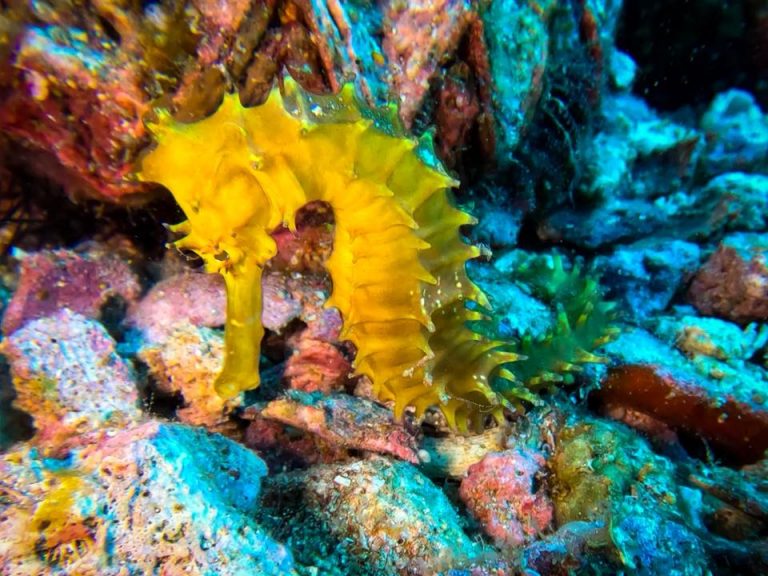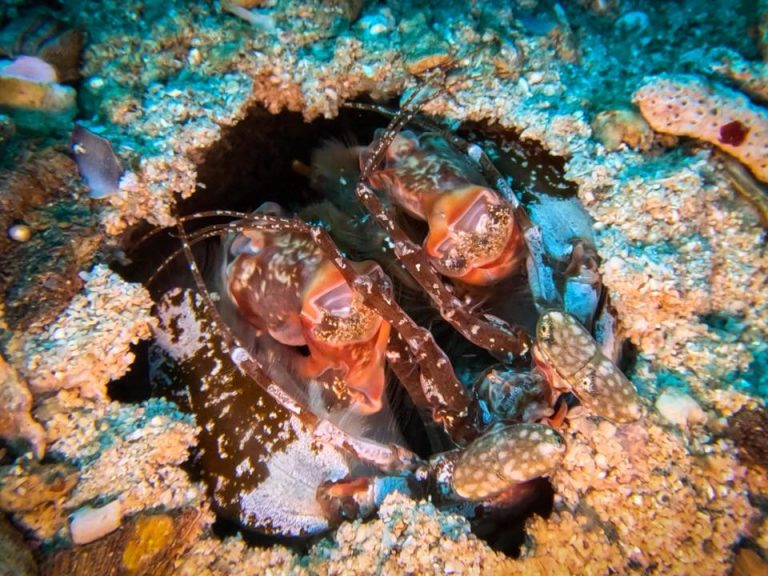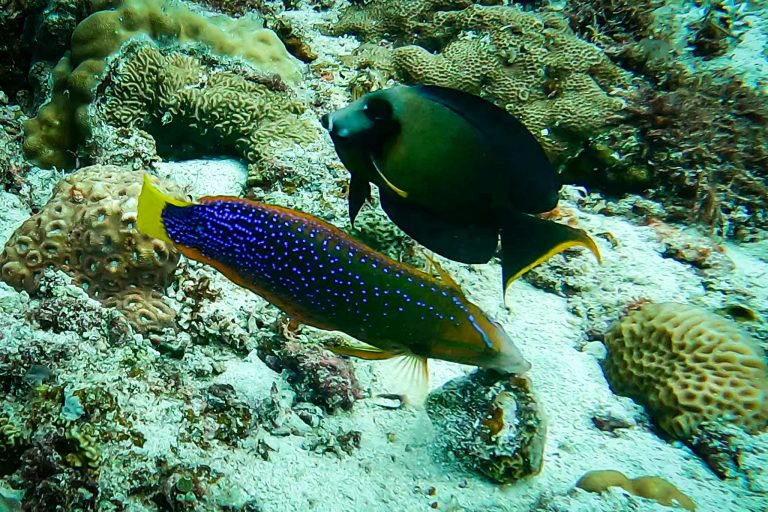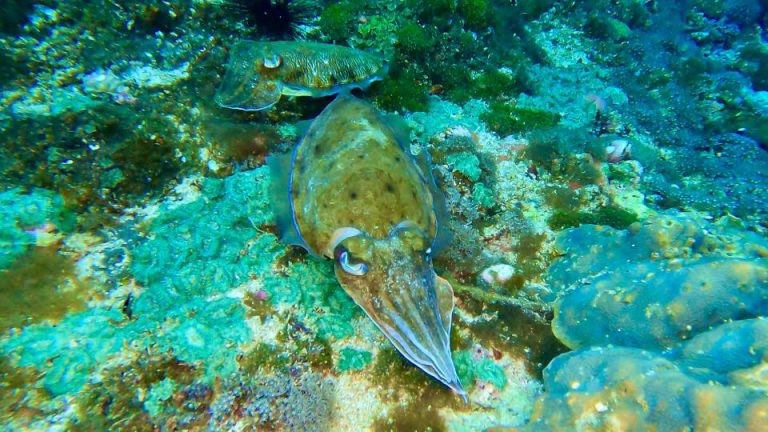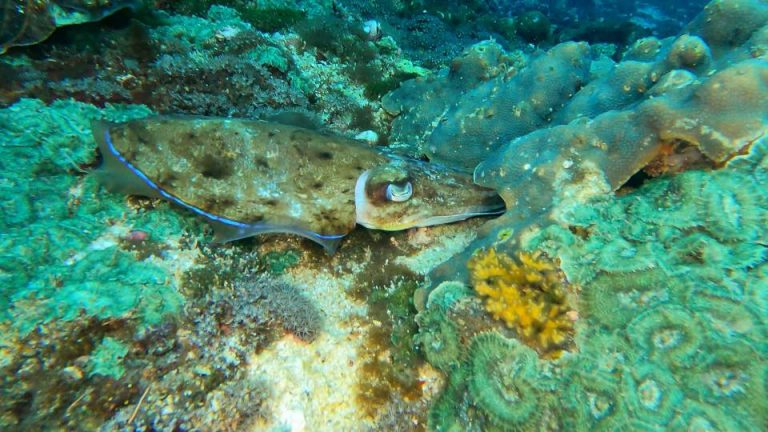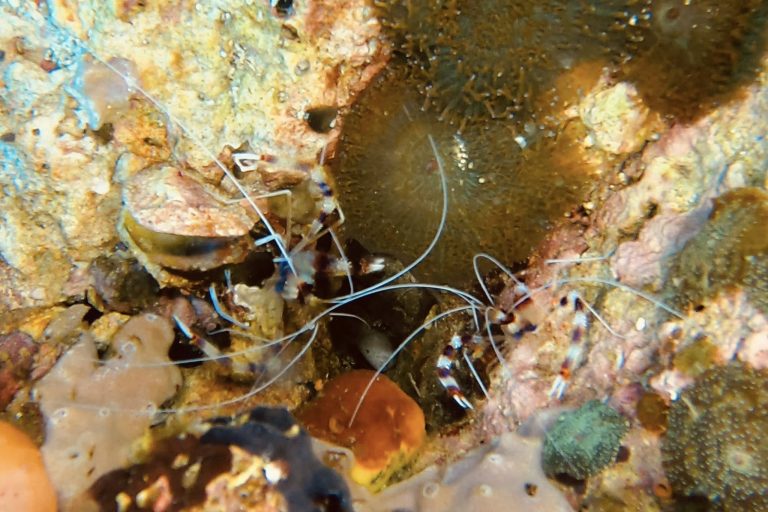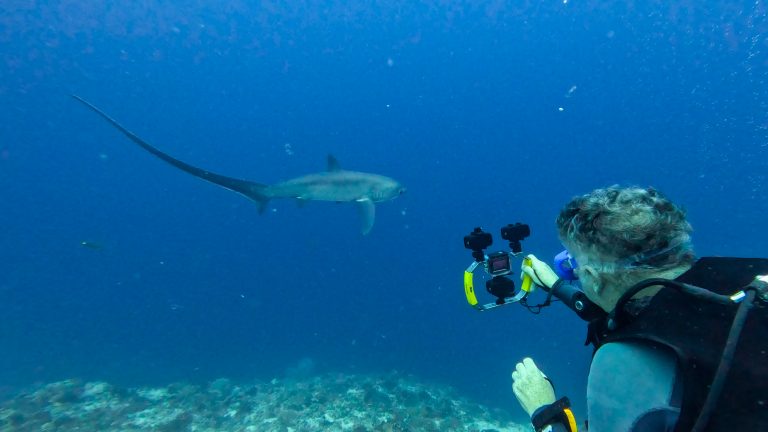
Home » Scuba Diving Destinations » Scuba Diving at Malapascua Island, The Philippines
The final stop on my Philippines diving trip in May 2025 was Malapascua, a small island off the northern tip of Cebu. This little island may only be a couple of kilometres long, but it’s packed with world-class diving and has earned a reputation as one of the Philippines’ premier dive destinations.
Malapascua is best known for its early morning thresher shark encounters. These sleek, beautiful sharks visit the cleaning stations almost every day, and for most divers, seeing a thresher glide in from the blue is the main reason to come here. Over recent years, more tiger sharks have started appearing at Monad Shoal, which has led many threshers to move to a nearby site, Kimud Shoal. Today, sightings of threshers are more reliable at Kimud, while Monad is better known for occasional tiger shark encounters.
However, there’s far more to Malapascua than just sharks. The island is surrounded by vibrant coral gardens, shallow plateaus, and reefs full of life. The macro diving is excellent, with all sorts of critters hiding among the sand and coral, including frogfish, pygmy seahorses, nudibranchs, and mantis shrimp.
Offshore, divers can explore some of the region’s best sites, including Gato Island, famous for its dramatic swim-through, whitetip reef sharks, and healthy soft corals. Kimud Shoal itself is also worth visiting for manta rays and the chance of hammerhead sightings in season. Wreck divers will enjoy the Dona Marilyn and Mogami Maru wrecks, as well as jeepneys and artificial reefs closer to shore.
Whether it’s the iconic thresher sharks, the fascinating macro life, or the mix of reefs, wrecks, and swim-throughs, Malapascua offers a bit of everything. For me, it was the perfect place to end three unforgettable weeks of diving around the Philippines.
We travelled to Malapascua from Bohol, starting with the high-speed Supercat ferry from Tagbilaran City Tourist Port to Cebu Pier. To make the trip more comfortable, we paid a little extra for business class, which meant sitting upstairs in a quieter area. It was worth it for the relaxed atmosphere.
When you arrive at Tagbilaran City Tourist Port, you need to pay a small terminal fee to enter, even if you’ve already bought your ticket. This is standard in most major ports, so it’s worth keeping a few pesos handy. The waiting area has small shops and stalls selling snacks, fruit, and local food. Facilities are decent, and the ferry itself takes about two hours to reach Cebu.
After booking Blue Corals Beach Resort on Booking.com, the hotel contacted us to offer a private transfer from Cebu Pier to Maya New Roro Port, where you catch the boats to Malapascua Island. The drive took about three hours and twenty minutes, and we decided to go with their offer. It was reassuring knowing the transfer was arranged in advance and that we had a clear price agreed.
Although the hotel offered a private boat transfer to the island, we chose the standard passenger boat instead. The drive north was fine, if occasionally a little hair-raising, as often happens in the Philippines. We stopped halfway for a toilet and snack break before continuing on to Maya.
Once in Maya, you check in at a small office to pay the environmental fee. There’s a toilet available if needed. Outside, you speak to the booth to get in line for the next boat. It can feel a little confusing at first, but the staff keep things organised. When your boat is ready, you pay for your ticket, add your name to the log, and board. We waited about thirty minutes before setting off. The crossing to Malapascua was short and smooth.
When we arrived, the crew unloaded our luggage, and we walked about five minutes along the sandy beach to the hotel. A quick tip: let your hotel know in advance if you’d like porters to help with bags, as dragging a heavy suitcase through soft sand in the heat is no fun.
Blue Corals Beach Resort was a great base, located right on the beach with friendly staff and a laid-back feel. Rooms vary between simple garden bungalows and larger spaces in the main building. Ours was in the main block, a bit dated but clean and comfortable. The balcony overlooked the quieter bay, and the view was stunning, perfect for relaxing after a dive.

We booked our diving with Mabuhay Thresher Dive Centre well in advance as part of our trip plan. Malapascua was the final stop, and I was excited about seeing thresher sharks and diving Gato Island.
After checking in next door at Blue Corals, we met Christine from Mabuhay, who was friendly and helpful. The “shop” was just a small desk in a restaurant with some kit on a rail, which was a surprise, but the service was good. We filled in our forms and arranged three dives at Gato Island for the next morning. Later that night, we received a WhatsApp asking us to meet earlier at 6am instead of 6:45, so we called it an early night.
We arrived on time, keen to get going, but no one appeared until around 6:40am. The dive master arrived and explained that the boat captain was hungover and had called in sick. It wasn’t ideal. Eventually, we were ferried to join another dive shop’s boat. By the time we boarded, we were an hour and a half behind schedule.
The diving itself was fantastic. Gato Island lived up to the hype, with dramatic swim-throughs, colourful corals, and loads of life. The dive master was excellent and knew the sites well. Unfortunately, we only completed two dives instead of the three we’d booked, which was disappointing. However, we decided to stay positive and booked the thresher shark dive for the next morning.
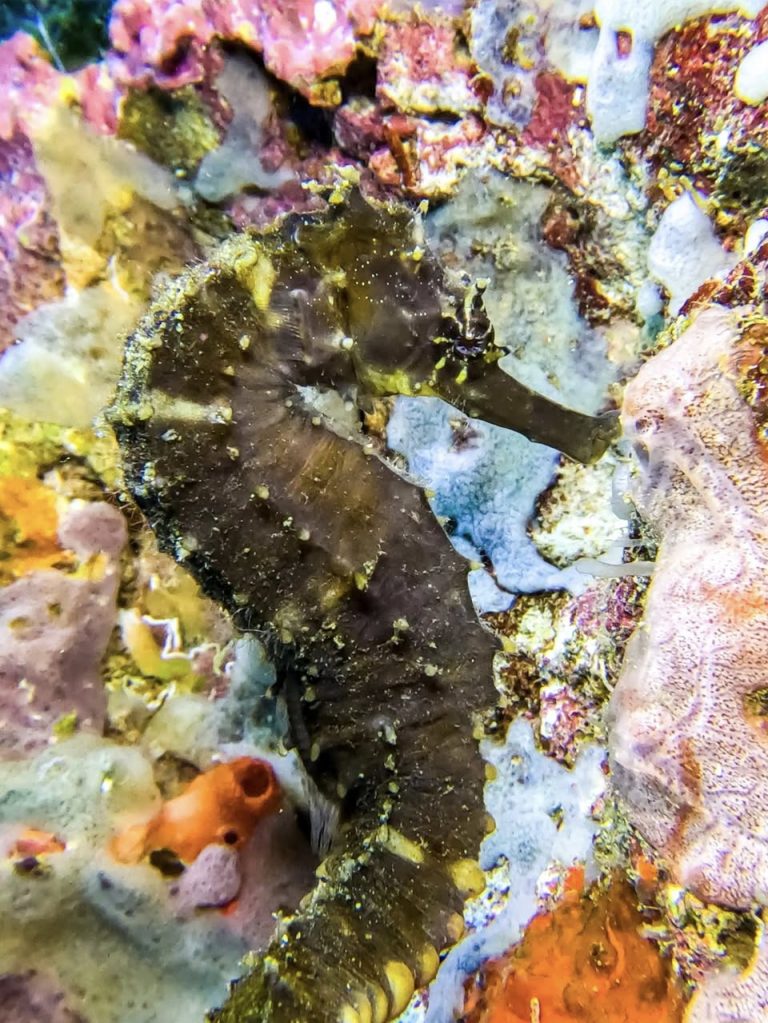

The next morning started in a similar way, with a few delays, but the moment we descended made it all worthwhile. Seeing the threshers glide in from the blue to circle the cleaning station was truly unforgettable. Their long tails and smooth movements were mesmerising.
Later in the dive, we also visited Monad Shoal, known for its occasional tiger shark sightings, but didn’t see any that day. Even so, the experience at Kimud Shoal alone was worth the early wake-up call.

Overall the staff at Mabuhay were friendly and the diving itself was still really good, but the organisation and lack of personal touch left something to be desired. If you just want to tick off the thresher sharks and aren’t too fussed about the details, Mabuhay is fine. If you’re after something more polished and tailored, I’d recommend shopping around or asking for a customised plan.
I’ve chosen not to include a link to Mabuhay Thresher Dive Centre as my experience didn’t reflect the level of service I’d want to recommend to others.
It’s also worth mentioning a little about the island itself. Personally, I found Malapascua quite scruffy with plastics and rubbish scattered around. The sense of eco-friendliness seemed non-existent which was disappointing. And the flies… really annoying at times.
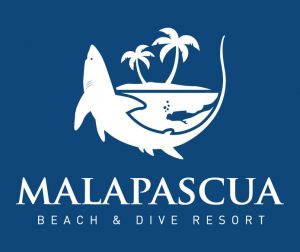 One positive discovery though was a brilliant restaurant and dive centre we spotted a little further along the beach. We really wished we’d booked our dives with them instead. The team there were much more knowledgeable, genuinely enthusiastic about the sites and clearly cared about what they were doing. We also enjoyed a few beers and some great evening food at their beach bar and restaurant. That was Malapascua Beach & Dive Resort… I’d definitely recommend checking them out if you visit.
One positive discovery though was a brilliant restaurant and dive centre we spotted a little further along the beach. We really wished we’d booked our dives with them instead. The team there were much more knowledgeable, genuinely enthusiastic about the sites and clearly cared about what they were doing. We also enjoyed a few beers and some great evening food at their beach bar and restaurant. That was Malapascua Beach & Dive Resort… I’d definitely recommend checking them out if you visit.
After a few unforgettable days diving, we headed back the next day. We took the boat back to the mainland and then a private transfer to Cebu City where we spent one night before our flight via Manila to Kuala Lumpur.
A few photos from my dives around Malapascua, including the thresher sharks gliding in from the blue, the colourful reefs of Gato Island, and a few of my favourite macro finds. These shots were taken using a GoPro with a Macromate lens attachment. I’ve since upgraded my camera equipment and look forward to capturing even more detail on future dives.

